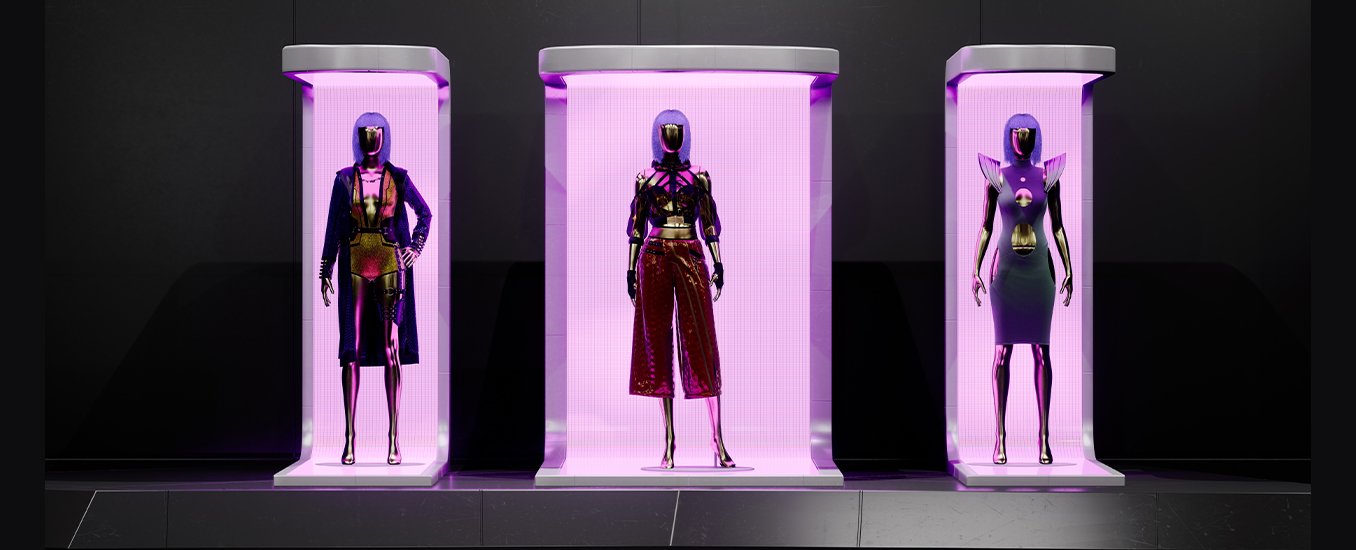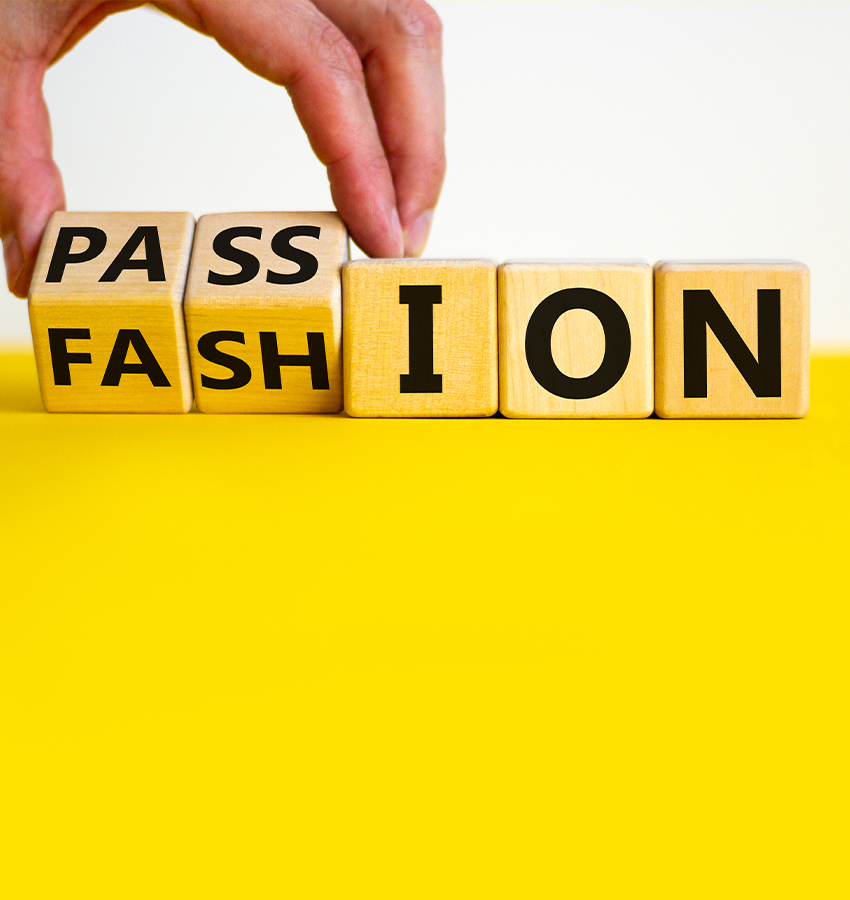
Changing Definitions
The future of High End Fashion industry used to mean only Haute Couture- that most exclusive of fashion worlds, inhabited by exclusive designers. Their skilled workers, and their rich and famous clients. The trouble was, these hand-made works of art were one of a kind and slow to make. Today, driven by practicality and market opportunity. The most high end fashion brands have expanded the term to include Designer wear (occasion- specific bespoke clothing) and RTW or Ready to Wear (colloquially called “premium retail” or “high street retail”). The latter is particularly attractive, because fashion houses can sell these at scale while commanding handsome margins.
Fashion Trends Driven by evolving Tech and Consumer Sensibility
Therefore the future of high fashion is likely to be shaped by a number of factors. Most importantly commercial considerations, but also by advances in technology, changes in consumer behavior, and shifts in cultural and societal values. In particular, today’s fashion conscious buyers are interested in aligning with brands. That are extensions of themselves- reflective of their personal styles, political leanings, and moral values. This last is a strong reason that brands everywhere include environment-friendliness, social impact, and sustainability in their brand positioning statements, marketing materials, and even the product design itself. A few other potential trends that could shape the future of high fashion include:
- Greater customization and personalization of fashion items, especially driven by data analytics
- Inclusivity and diverse representation in fashion campaigns and runway shows
- Continued growth of the digital and e-commerce aspects of the fashion industry
- Emergence of new technologies such as mixed reality in fashion retail
Data-driven Fashion
3D printing, AI, and Virtual Reality, driven by Data Analytics will become the dominant methods for brands to be retain their individual identities but still respond with agility and efficiency to fast-changing consumer tastes.
Brands are already increasingly using Big Data to do segmentation, seasonal planning, and purchasing. Especially AI-driven insights will mean brands can identify emerging trends faster. It reduce waste or missteps, and improve their design cycle time and customer response. AI-assisted designs for intricate jewelry, accessories and even clothing will become inputs for 3D-printed manufacturing. In both of the new designs of molds, or the products themselves.
Mixed Reality Fashion
Virtual Try-ons and Digital Recreations
Blending the physical and digital worlds has big implications for fashion. The obvious one is virtual try-ons, a concept that brands are already putting huge amounts of money and research into perfecting, because it is a direct boost for the multi-trillion dollar eCommerce industry. The benefits of virtual try-ons are well known- brands can save on expensive retail space, while consumers can try an unlimited selection with privacy and convenience.
VR has also been commonly used in the past to create 3D interactive experiences for marketing. For example, Ralph Lauren recreated its flagship store in 3D for users to navigate in as part of its “RL50” launch.
Digital Runways and Virtual Catwalks
Beyond virtual try-ons, virtual reality will create personalized fashion catwalks of tomorrow.
Designers use creative ways to expand the catwalk experience. Its from using “light” touches of VR / CGI elements to fully immersive, avatar-based fashion shows. Here are a few notable variations:
- Louis Vuitton’s 2017 live-streamed “Series 5” campaign featuring Selena Gomez, optimized for a headset experience
- Chanel’s “Paris Cosmopolite” and Prada’s “Apostasy” shows were short films featuring models walking through meticulously created virtual cities
- ASOS’s “Virtual Catwalk” AR app lets customers point to any flat surface. however choose a product from ASOS’s catalog, and see models wearing those products
- Gucci’s “Epilogue” show again featured models walking in a virtual landscape, but this time it was presented as a video game
- Dundas, Tommy Hilfiger and Etro built entire fashion shows in VR, with digital avatars displaying digital versions of their new releases. Guests could interact with each others’ avatars as well
- The Helsinki Fashion Week introduced the “Digital Village” concept, where users could “wear the clothes in cyberspace, pre-order the looks in real life, and…claim an asset on the blockchain, use it, trade it, and exchange”
Conclusion
The future of fashion is as dynamic, diverse an un-dogmatic as ever, but in new, exciting ways. Designers and fashion brands are experimenting with new, exciting uses of technology. Such experimentation requires a strong support ecosystem to make commercial sense. Manipal Digital offers world-class CGI and VR asset creation and deployment expertise to turn imagination into fantastic experiences for your customers. Reach out to us today for a free consult. Also to know how to launch your brand into the future in just a few clicks!



